An AWE tutorial illustrating how taste is affected by our senses given by Dr Ophelia Deroy & Prof Barry C Smith at Senate House, London
by Sarah Rowlands July 2016
A group of AWE members took part in a series of practical demonstrations to make us aware of how tasting (wine) is a multi-sensory experience.
Dr Ophelia Deroy showed us how the tasting process works. Professor Barry Smith next demonstrated how our brains use more information from our senses when tasting wine than we realise. There is the look, smell, taste, temperature and texture of a wine plus the weight of the bottle, the sound of the wine, the cork popping, the sounds going on about us and how they interrelate. Many of the ideas result from recent scientific research in controlled environments.
We are familiar with the idea of the nose receiving information from our wine, via the nostrils, called orthonasal. Odours are also received from the inside, retronasal, as volatile aromas pass from the back of the mouth up to the same set of receptors in the olfactory bulb. The class looked comical wearing blue medical nose clips, exclaiming at the burst of jelly bean flavour released on removal when air could fully circulate once more. Research has shown that the act of swallowing gives a final push of volatile aromas, especially heavier ones, up to the olfactory bulb reminding us that if we spit we are losing something in the process. [Sometimes practical considerations get in the way of ‘backward spitting’.] In addition, by breathing out through the nose just after swallowing the aroma perception can be intensified.
We explored the ideas of different relative intensities where some aromas, like coffee, smell good before tasting but can be a disappointment on tasting and vice versa, such as logic telling us stinky cheeses should taste disgusting but are delicious from the retronasal standpoint. What we call an after taste is really an after smell. Identifying the direction of the aromas is a key evolutionary skill; sometimes we need to know whether a smell is ortho or retro like smoke. Smelling smokiness retronasally from a wine is ok; smelling smoke orthonasally and it could be there is a fire in the building.
Expectations play an important role. Colour alone allows us, experts especially, to formulate expectations of the taste of a wine. Novice tasters analyse less, rating on an overall like or dislike basis. Expectations filter what we attend to and also how we process what we perceive.
The nerve in our face that is sensitive to taste is called the trigeminal nerve. It serves the mouth, nose and eyes. It is the nerve that gives the blast of air/prickly feeling where the forehead meets the top of the nose when we eat too much wasabi. Some smells/tastes can cause such a large reaction in this nerve that, because of the connection, our eyes water- chilli for example. Other smells, like roses, can never be too much for this nerve.
We were given a series of exercises that involved sniffing, seeing, tasting and listening. There is not exact detail here as it would spoil an experience if you were to know the reveal beforehand.
We learnt that some aromas are chemically identical, known as ambiguous. In one situation they may appear ‘sweet’ in another ‘savoury’. Without the usual cues, like colour, shape and context, we are more likely to experience that ‘tip-of-the-tongue’ phenomenon of recognition but without being able to name the aroma.
For tasters who lost their sight early, or are congenitally blind, more of the brain is used for olfactory processing, so they can have an amazing and quicker sense of smell. For instance, Ann Noble’s blind husband can tell if the wines brought into the other end of a room on a tray are red or white. However, this issue is complicated when considering taste. Blind people are generally less adventurous about what they eat and so are not more advanced tasters. For those that lose their sight later in life there is no such sense-of-smell advantage.
Moving on from sight to hearing, we discovered that we use our ears when tasting wine. We could tell the difference between a hot or cold liquid being poured, by sound alone. For wine we could distinguish between soda, Prosecco and Champagne by the sound of pouring alone.
The most fascinating element of the lecture was tasting wine to music. The brain tunes into the music at the same time as the wine, looking for synchrony (by using cross modal cues). Focus is directed to the similar elements of both, thus a wine can taste more acidic with some music, and change shape in the mouth from round to flat. The perception of sweetness can change with music, so too can the texture of bubble in sparkling wines and the tannins in red wines. Music and wine matching, who would have thought?
Above a certain volume of sound, the brain’s ability to discriminate sweet, sour and salt diminishes significantly, which is why (along with the dry atmosphere, smells of fumes and high altitude) food and wine on a plane tastes less attractive.
Experiments have been conducted using altitude (Andy Sparrow). At high altitude wines from Argentina taste better, whereas those from Bordeaux (blended at about sea level) taste less good. The Argentinian wines were blended to be balanced at altitude, so perhaps it is not a surprise that they taste relatively better on a plane than the Bordeaux.
For those of us who judge wine, Prof Smith and his team are conducting research into how discussing wines, ie sharing thoughts and tasting experience, can overall lead to better judging, rather than the usual format of tasting and scoring individually first. A group of brains being better than one so to speak. Early indications are that judging the ‘calibration wines’ in quiet and then discussing them (current method at IWSC) gives less good results compared to openly talking about these wines as they are tasted (provided no one in the group overtakes the discussion). It improves results of the main wines to be subsequently judged even where they are considered quietly. This research has not been published yet, so is something to watch out for.
As wine educators we like to think we know quite a lot about tasting wine. We left having been educated in a fun, engaging way, buzzing because of the experience and that we had found the music that seems to make all wines taste better. We realised our understanding of how all our senses interact and are processed by the brain is more complex than we had previously thought so this experience will change the way we think about tasting wine in future.
To keep up to date with what Barry and Ophelia are doing their twitter accounts are @smithbarryc and @opheliaderoy. Other people working in this area include Charles Spence.
If you have any comments on these notes you can contact me at [email protected], and no I did not believe music had such an influence on how a wine tastes. Wine is full of amazing surprises.
Tags: ambiguous aroma Barry Smith expectations hearing music odour Ophelia Deroy sense smell sound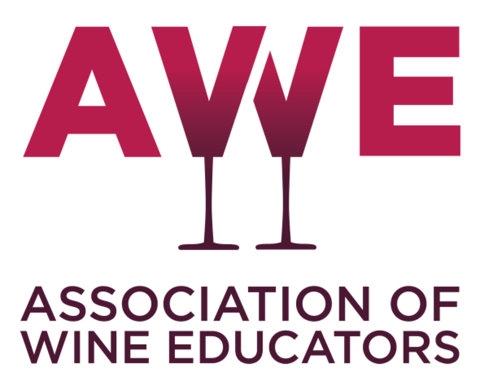
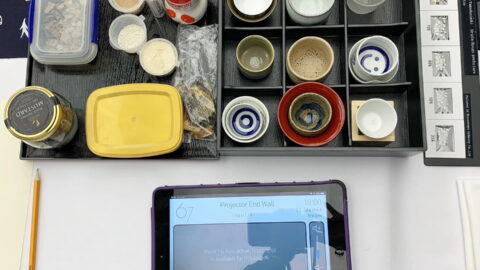
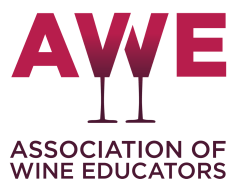
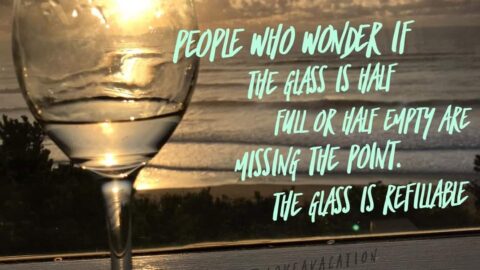
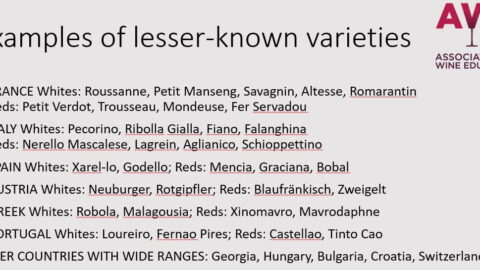
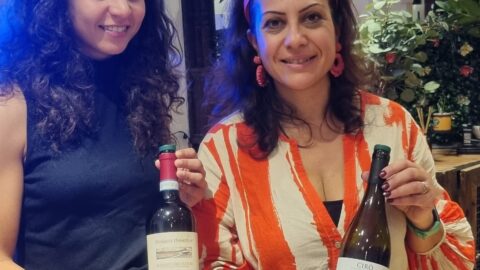
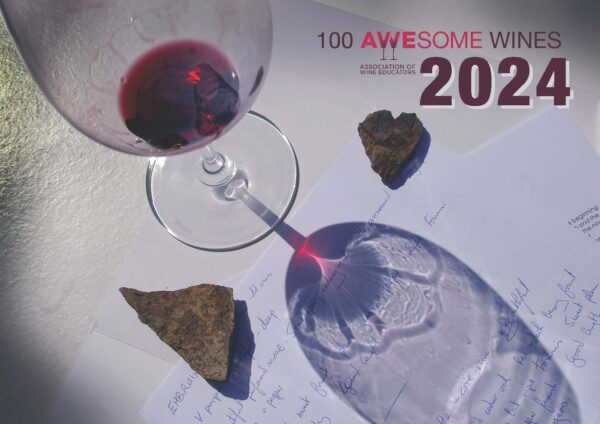
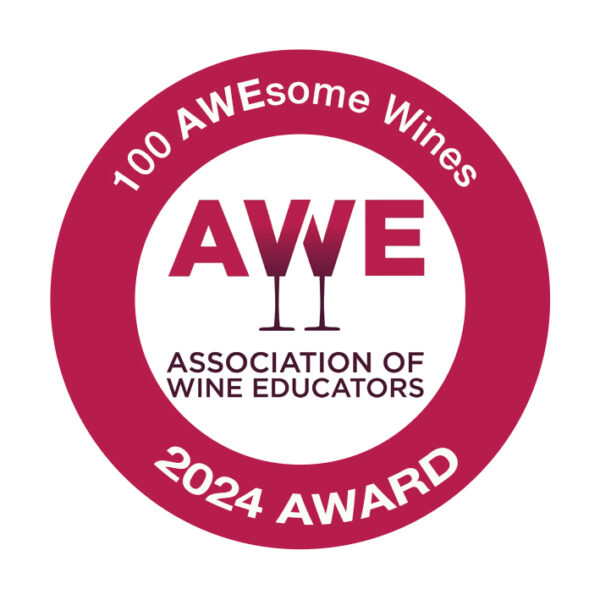
I wanted to come to this tasting, but couldn’t make it that day; what a shame, it sounds really interesting! In fact, I have a relevant experience on the subject: a few years ago I was invited to conduct a tasting on a TV program called ‘Out of your Mind’, that shows on National Geographic. This is a pseudo-scientific thing where they play tricks on people’s perception of things. My slot was to conduct a tasting of 3 white and 3 red wines to 3 different ‘focus groups’ of 6 people, 2 of them taken at random from the general public, 1 from a wine club. I presented the tasting to the 3 groups, describing the wines, and asking for the different groups’ opinions on the wine, on the pretext that this was a test for a product launch of the wines in the UK. The whole thing was filmed with hidden cameras.
The trick was that the reds had been concocted from the whites by me and the producer using flavourless food dies, so that in fact they were only tasting the same 3 white wines, twice. The whole thing went by without incident, and I was beginning to think we had got away with it, until we got to the third group, from the wine club: one of their members noticed, quite rightly of course, that the Pinot Noir tasted exactly the same as the Sauvignon. It must be said that he had already spotted one of the hidden cameras, so his suspicions were already aroused.
Even so, the result of the experiment was really that 17 out of 18 people could be persuaded by their visual perception, aided by the expert guidance of a convincing wine guide (those of you that know me may agree or not with that description), that white was red. It was a fun, if rather nerve-wracking, day. I am not used to lying to my customers; maybe the odd ‘white lie’ here or there, or an occasional economy with the facts, but not a whole day of brazen mendaciousness!